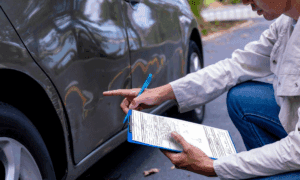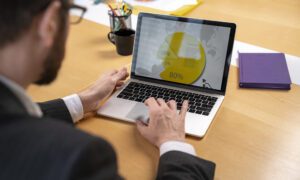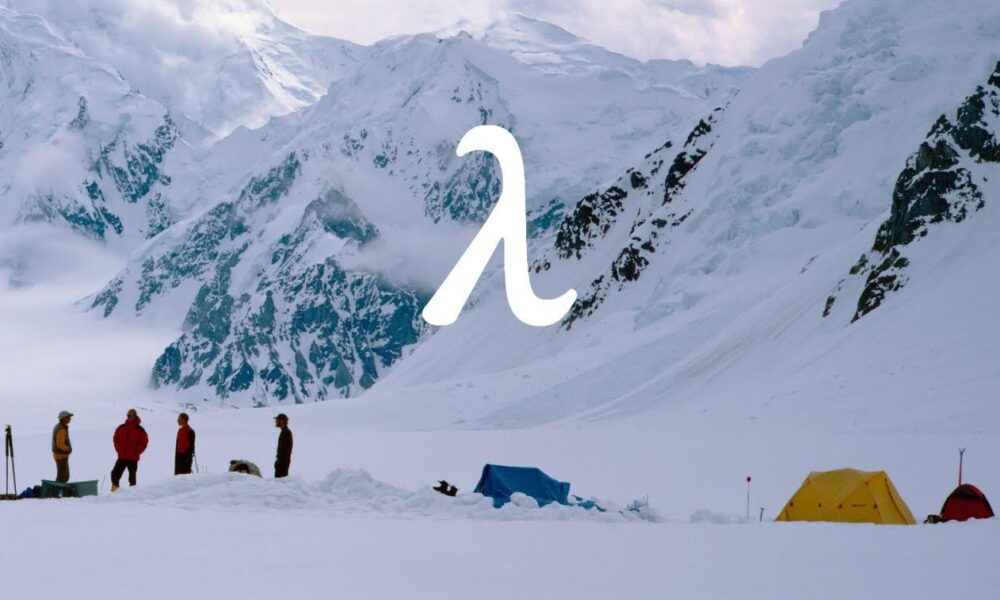For a country with a population of less than six million, Scotland has often been lauded as a country that has consistently punched above its weight on the global stage.
And none more so when one looks at the number of long lasting inventions which have changed the way the world communicates. Yes, the invention of the fax machine, television and telephone have all been at the hands and in the minds of Scotsmen; Alexander Bain (1843), Alexander Graham Bell (1876) and John Logie Baird (1925) respectively have changed the world for the better.
A timeline of some of the greatest Scottish inventions and innovations , with Space Aye’s Large Terrestrial Model becoming the latest addition.
Credit: © Space Aye Limited, 2025
And now in 2025 the future of how we see our world and interact with it, is set to be enhanced by real-time satellite imagery of Earth, from space.
Space Aye, based in Glasgow, is claiming a global first by automatically tasking separate satellites through its demonstrator platform, to track individual Internet of Things (IoT) devices such as mobile phone signals and vehicle satnavs. Supplying high quality live satellite images which show the movement of these devices in real-time. Space Aye’s patented method means they have created this ‘world first capability’ to increase the accessibility of real-time satellite imagery whilst uniquely merging this with IoTdata such as location and biometrics, creating the ability, with the user’s permission, to monitor people and vehicles as they move on Earth. This will enable a myriad of applications, including the control of autonomous vehicles and drones, from space, removing the need for large scale global infrastructure. Their platform will also provide unique training data for the Large Terrestrial Model (LTM) which will in turn enhance the accuracy and relevance of Artificial Intelligence (AI) solutions.
The satellite images below captured four smart devices. The volunteers downloaded an app on their standard android and apple devices to register with the platform. The devices then sent updates of their precise locations, which synchronized with the satellite image capture times. Using this method, Space Aye were able to identify the Volkswagen Polo, its driver and even her biometrics using a smart watch, in the satellite image. In this way, for the purposes of the demonstration, their devices mimicked an asset tracking beacon using GPS to send on-demand updates on its location.
Real-Time satellite image identifying four smart devices including a Volkswagen Polo 11:09 hrs in the first satellite image – courtesy of Airbus DS
Real-time satellite image capturing movement of the Volkswagen Polo captured at 11:59 hrs by the next satellite – courtesy of Airbus DS
Vodafone has also just boasted a world first by making a video call via satellite using a standard smartphone. This is a significant breakthrough in mobile technology. The call, made from the remote Welsh mountains where there was no network signal, was received by CEO Margherita Della Valle and she subsequently announced the new milestone in the race to end frustrating cellular ‘dead zones’.
It has been coined the “world’s first space video call” using a standard mobile phone from “an area of no coverage.” This direct-to-mobile satellite connectivity could eliminate “not spots” and Vodafone are now confident of having stable satellite connectivity to its network by the end of this year in the UK and across Europe “from later in 2025 and 2026.”
In another first revealed during the advertising break of The NFL’s Superbowl, T-Mobile announced that its Starlink satellite feature has launched. This “game-changing” smartphone-to-satellite service is now available in public beta, meaning anyone in the U.S. with a compatible iPhone or Android smartphone can sign up to test the off-the-grid connectivity for free until the summer.
With these accelerations of satcom capabilities further enhanced by the greater availability of earth observation satellites (EO), Space Aye’s CEO Chris Newlands is understandably excited at what the future holds not just for his company, but the entire EO sector.
“The first quarter of 2025 has seen three significant milestones with what we have demonstrated visually alongside Vodafone’s and the T-Mobile/ Starlink achievements. We are witnessing world firsts where texts, conversations and video calls are all being routed through communication satellites, using standard smartphones, this could eventually circumvent the need for conventional cell towers,” says Newlands.
Could this soon be a thing of the past?
“This rapidly evolving advancement underscores the technological history which we are currently experiencing and highlights the capabilities of satellite technology which eliminates outdated Earth-based methods. The visibility of assets and people, ultimately providing the power to make better and more informed decisions which can save time, money and lives as we enable the ability to create context for miles around, creating a new ground truth” he added.
Space Aye’s groundbreaking innovations are consolidating Scotland’s rich history of communications inventions. It may soon be time to add Newlands to the list of Bain, Bell and Baird.
Chris Newlands, Space Aye CEO





























